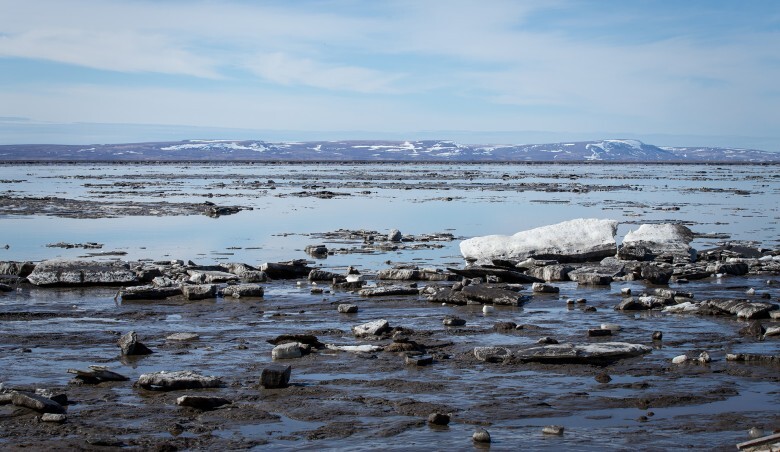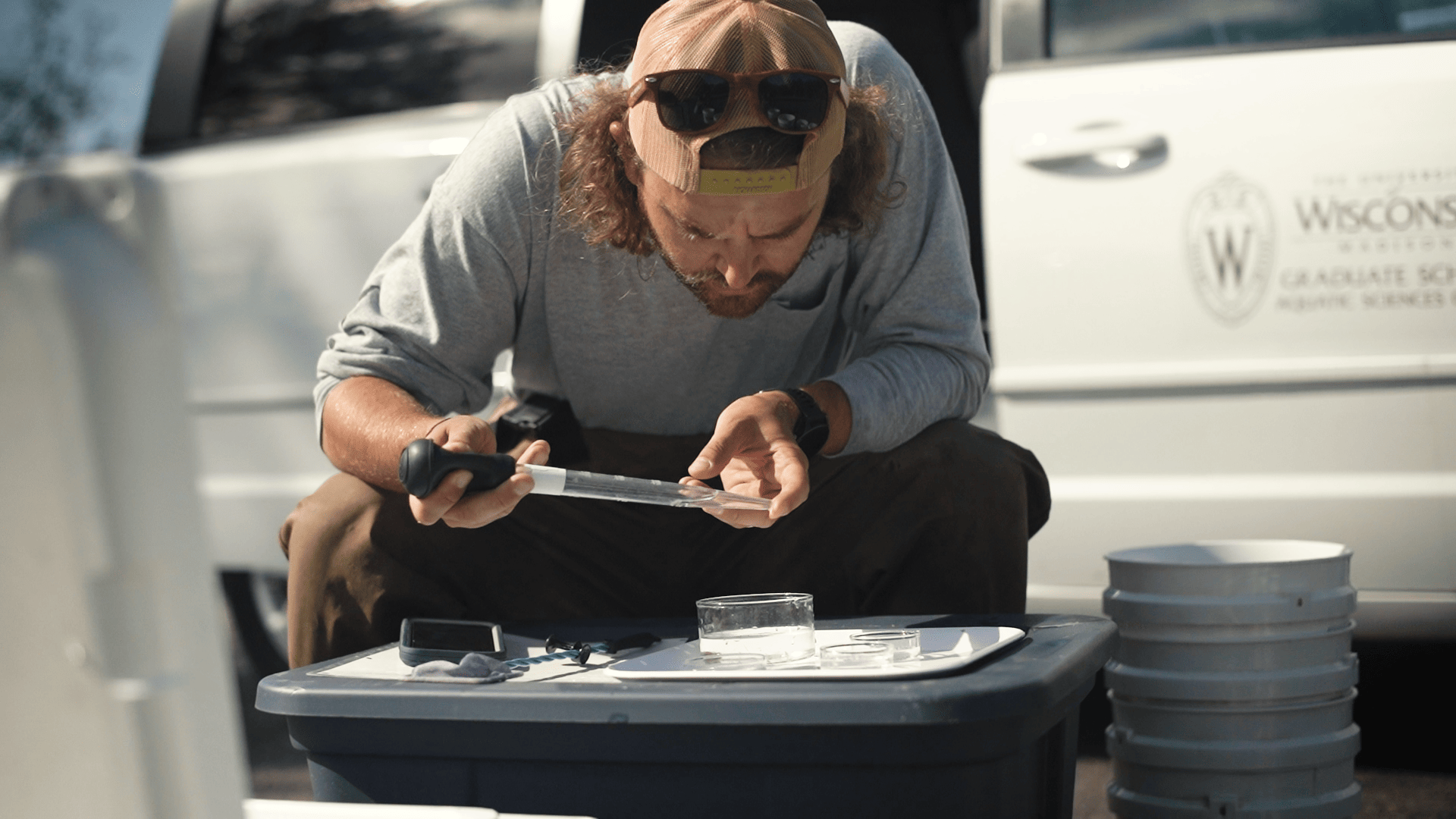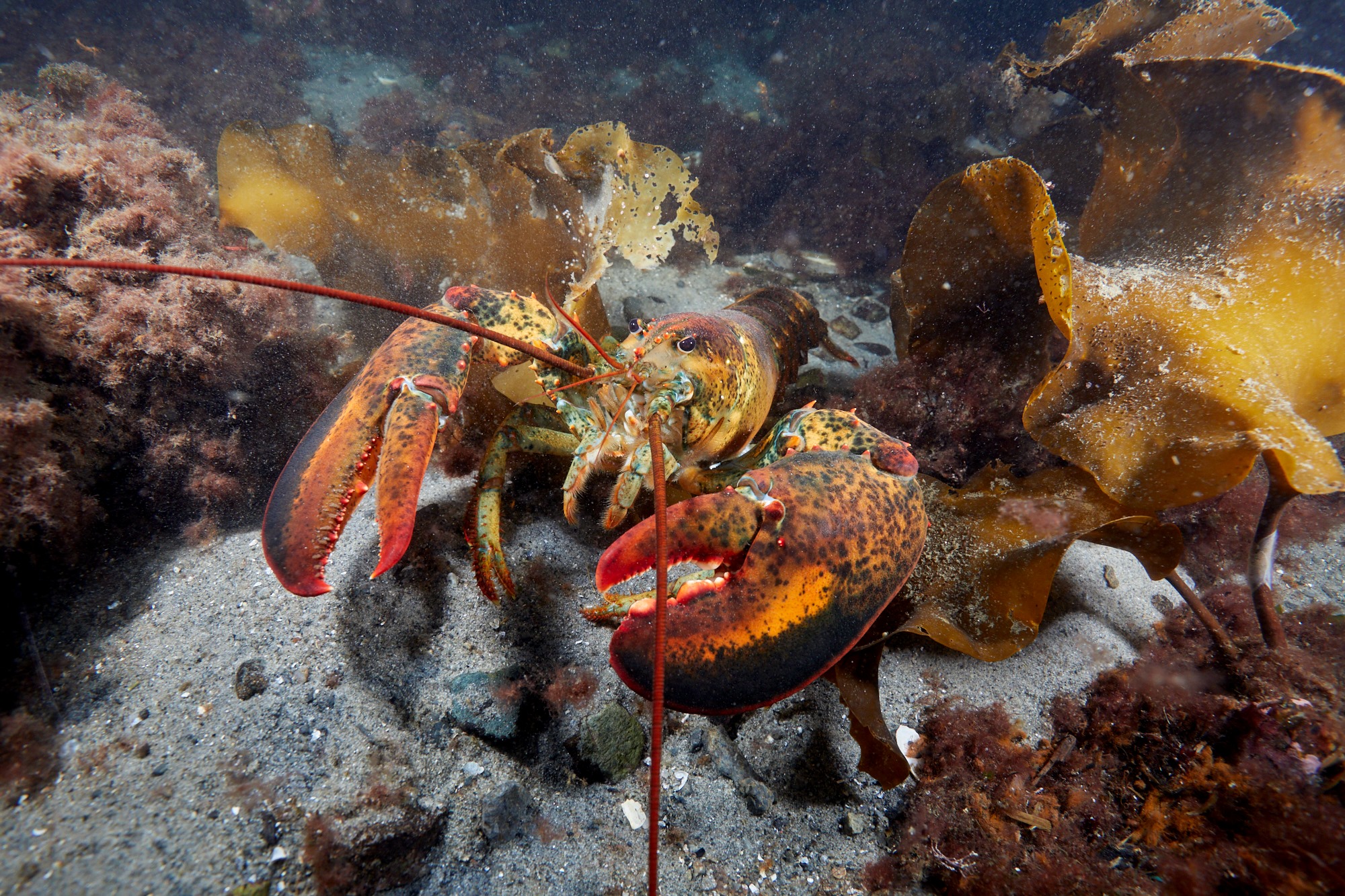by Julia Beaty and Catherine Schmitt, Maine Sea Grant
Fishermen and women, by virtue of spending much of their time on the water with hooks, lines, traps, and nets, have intimate knowledge of coastal, marine, and freshwater ecosystems. They have detailed local knowledge of the distribution, abundance, and behavior of the species they harvest. This knowledge builds up over years of first-hand observations and experimentation with different fishing techniques.
In 2013-2014, Maine Sea Grant and NOAA Fisheries collaborated to document and showcase harvesters’ knowledge of alewives, blueback herring, and American eels in Downeast Maine. These species have been harvested by Maine people for centuries and are an important part of the region’s fishing heritage. All three fish are diadromous, meaning that they spend part of their lives at sea and part in freshwater. In doing so, they create important ecological links between freshwater and marine ecosystems.
The project was funded through a NOAA Preserve America grant. Julia Beaty, a Maine Sea Grant scholar who recently graduated from the University of Maine with a master’s in marine science and a master’s in marine policy, researched the history of each species in eastern Maine and conducted dozens of interviews with harvesters and other stakeholders.
“I was really impressed with how dedicated these fishermen are to keeping rivers healthy and fish populations abundant,” said Beaty. “Some of them put in a lot of extra work to make sure the fish keep coming back. Most of them are brimming with ideas for how to make things better. They are very strong advocates for river restoration, not only because fishing is a big part of their yearly income, but also because they understand the ecological importance of healthy rivers.”
Beaty’s findings and conversations with those involved in the fisheries are featured in a series of videos on Maine Sea Grant’s YouTube channel.
Because alewives and blueback herring are considered species of concern, federal agencies are interested in learning more about the fish, their habitat, and human interactions. The Maine project has been expanded to cover the entire East Coast range of river herring. Throughout August, Beaty will work with NOAA Fisheries to conduct a voluntary, coastwide survey of individuals who have harvested alewives and/or blueback herring either commercially, recreationally, or for personal use at some point in their lifetime.
According to NOAA Fisheries project lead Dan Kircheis, harvester observations can inform efforts to restore these fish populations along the U.S. east coast
“Fishermen have valuable knowledge about changes they’ve witnessed while fishing. They see yearly changes in fish run timing, abundance, distribution, individual fish size and species composition,” he said. “There is a lot we can learn from them that can help us in our efforts to restore alewife and blueback herring populations.”
For more information about the project, visit Maine Sea Grant’s oral histories page.


